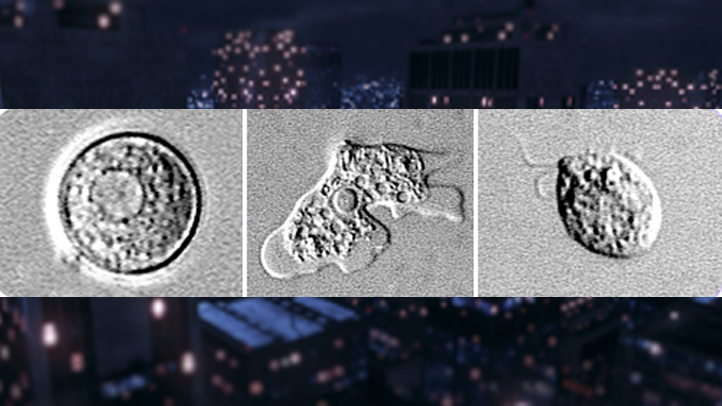-
Tips for becoming a good boxer - November 6, 2020
-
7 expert tips for making your hens night a memorable one - November 6, 2020
-
5 reasons to host your Christmas party on a cruise boat - November 6, 2020
-
What to do when you’re charged with a crime - November 6, 2020
-
Should you get one or multiple dogs? Here’s all you need to know - November 3, 2020
-
A Guide: How to Build Your Very Own Magic Mirror - February 14, 2019
-
Our Top Inspirational Baseball Stars - November 24, 2018
-
Five Tech Tools That Will Help You Turn Your Blog into a Business - November 24, 2018
-
How to Indulge on Vacation without Expanding Your Waist - November 9, 2018
-
5 Strategies for Businesses to Appeal to Today’s Increasingly Mobile-Crazed Customers - November 9, 2018
Brain-Eating Amoeba Kills 21-Year-Old California Woman: Health Officials | KTLA
Health officials are eager to note, however, that the occurrences of the amoeba are rare and infections even rarer. The woman was taken to the Northern Inyo Hospital where the doctors diagnosed her with meningitis, but because her condition got worse, she was flown to Renown Regional Medical Center in Reno, Nevada.
Advertisement
According to the Centers for Disease Control and Prevention, the woman was infected with the Naegleria fowleri amoeba, which was the real cause of her death. Shortly afterward, she went into cardiac arrest and died, prompting testing by the CDC.
The 21-year-old woman, who name was not released, initially complained a headache after waking up from a nap on June 16, 2015.
According to WebMD, there are many Naegleria species, but the fowleri subtypes are the only ones known to harm humans.
Health officials say there is no threat to the public, as the woman contracted the amoeba on private property.
Per WPIX: “The amoeba moves to the brain along a nerve in the patient’s nose then wiggles through a bony plate in the skull called the cribiform plate”. It manifests itself first in flu-like symptoms – fever, vomiting, headaches – before inducing hallucinations, seizures, and, in more than 95 percent of instances, death.
Humans are infected by the amoeba, Naegleria fowleri, when swimming or diving in fresh, warm water.
Once symptoms of the infection begin to appear, patients typically die within about five days.
While the news is discomforting, the health authorities of California would like to assure everyone that, so far, this is just an isolated case and that there’s no foreseen harm to the public. In the United States, there have been 133 reported cases with this infection in the past 53 years.
It is unclear how the woman contracted the brain-eating amoeba.
Holding your nose shut or wear nose clips when swimming in warm, untreated freshwater.
Avoiding water-related activities in warm freshwater during periods of high temperature and low water levels.
Commercial water sites with hot springs do not present a risk to the public because they are maintained well.
Advertisement
Avoiding digging in or stirring up sediment in shallow, warm freshwater areas, where the amoeba may live.




























